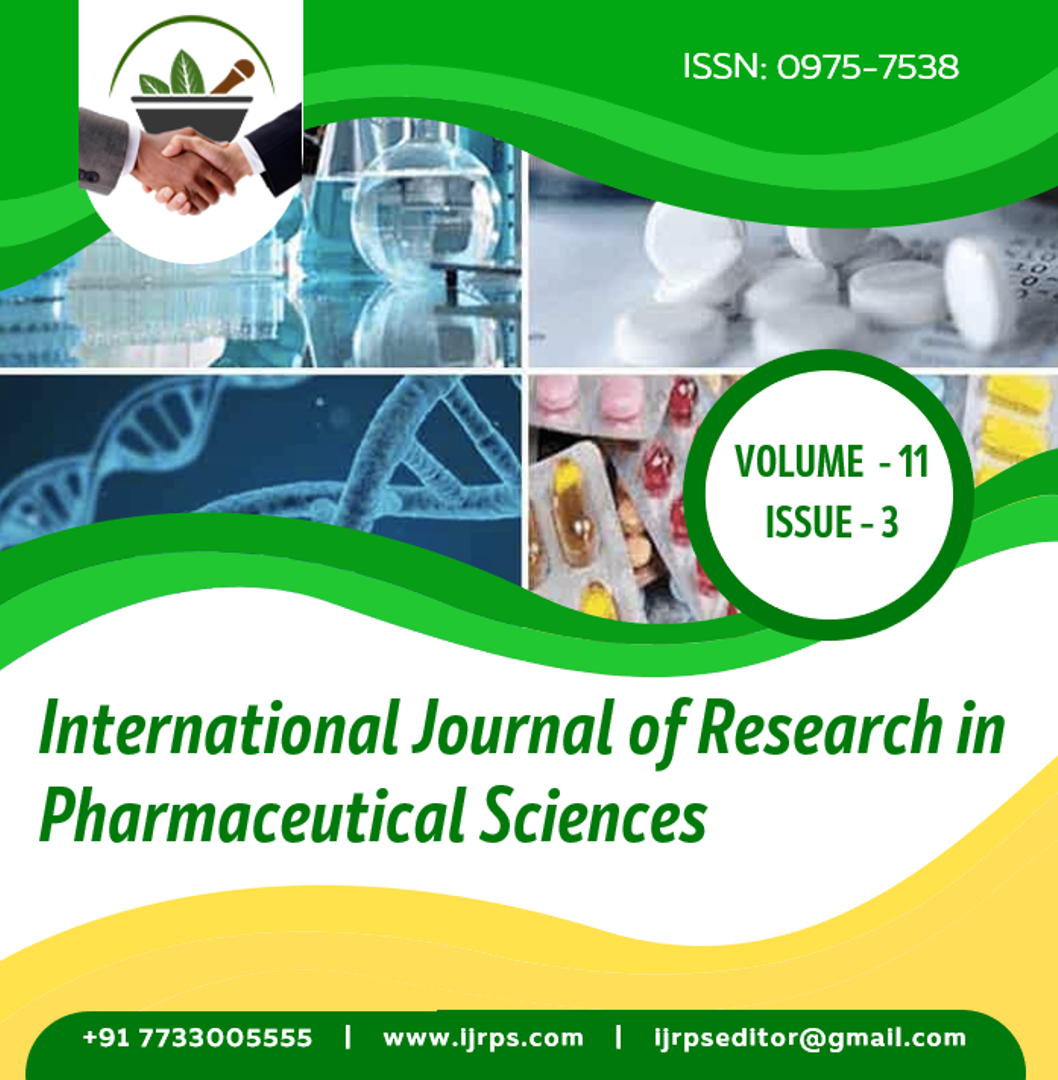Abstract
Huntington’s disease (HD) is a rare autosomal dominant, fatal neurodegenerative disorder of the central nervous system characterized by unwanted choreatic movements, behavioural disruption, psychiatric disturbances and dementia. This condition is characterized by progressive degeneration of neurons within the basal ganglia, primarily the caudate and the putamen. As the disease progresses, neuronal losses occur in the white matter, cerebral cortex and thalamus. In this article, the authors reviewed the genetic aspects, etiological factors, stages of the disease condition along with the signs and symptoms, various diagnostic procedures besides with the pharmacological and non-pharmacological management of the Huntington’s disease. This disease is inherited within the families, and the pathophysiology of Huntington disease is restricted to the brain, where degeneration begins initially in the striatum, spreads to the cortex and eventually appears throughout the brain.The pathogenesis of this disease is still unrevealed, and there is no treatment available for the cure of the disease. There were many drugs of choices available for symptomatic treatment aiming to improve the quality of life in the patient. The non-pharmacological therapy for managing Huntington’s disease includes physiotherapy, speech therapy and psychotherapy. At a therapeutic setting, all the needs of the patients are to be addressed as the advancement in the development of new therapeutic agents are paving the way for the better outcomes in the management of Huntington’s disease and thereby promising better healthcare for these patients.
Full text article
Authors

This work is licensed under a Creative Commons Attribution-NonCommercial-NoDerivatives 4.0 International License.

